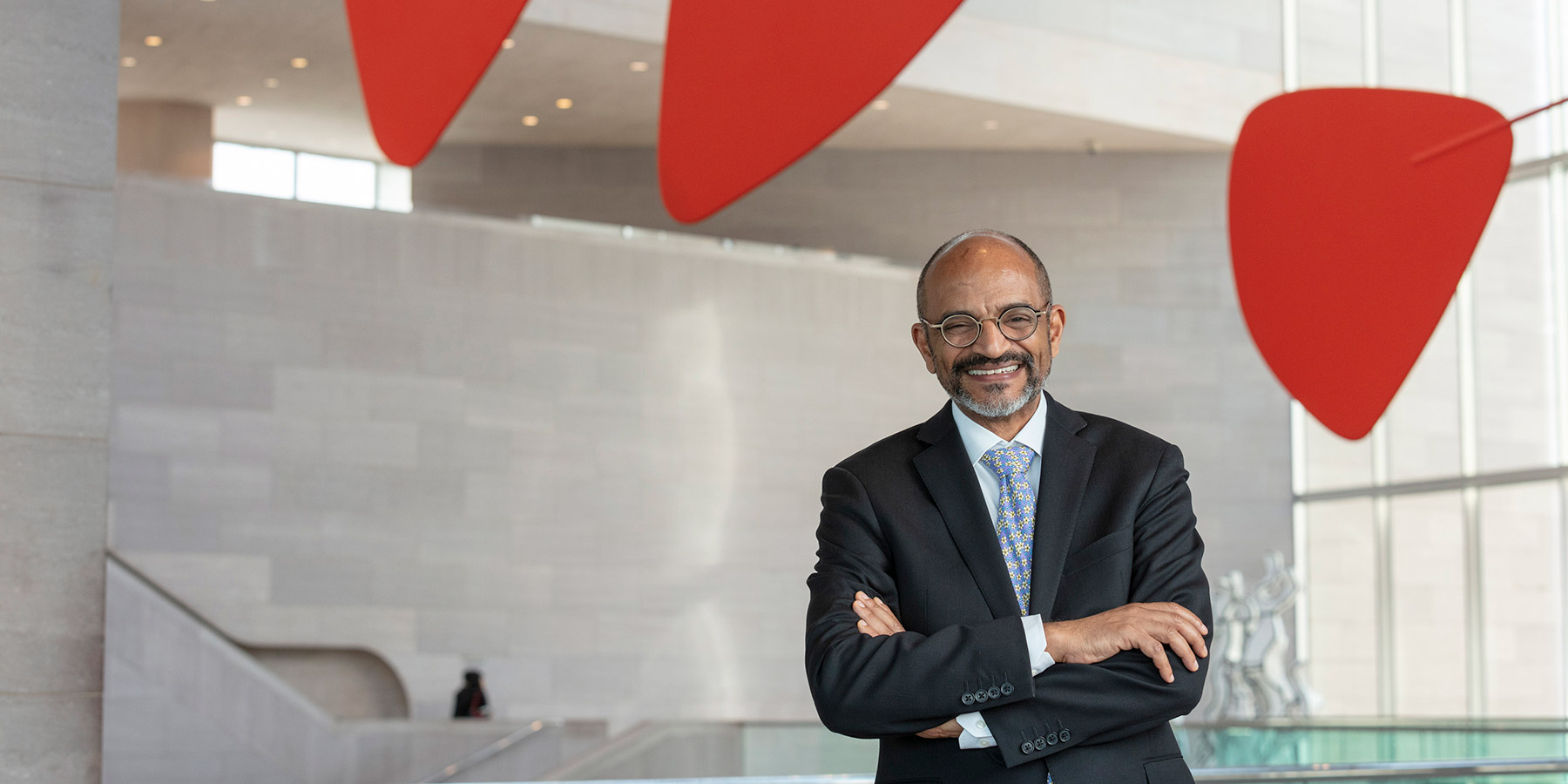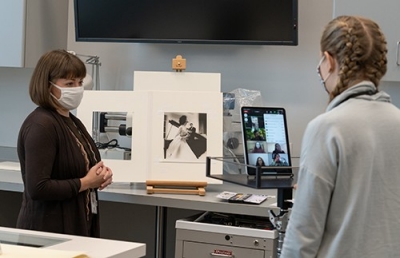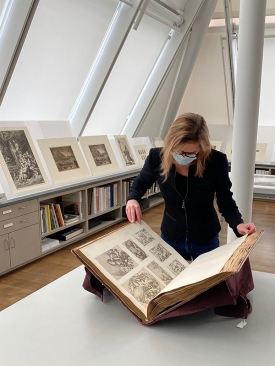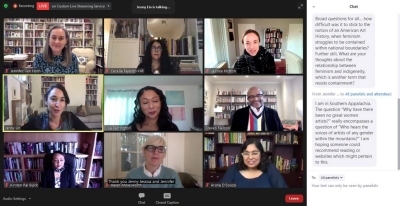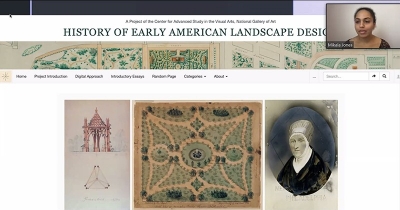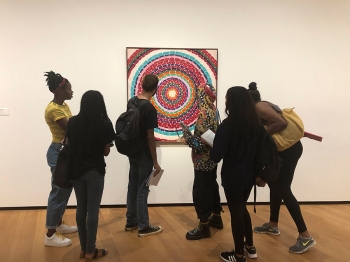I began my tenure as dean in July 2020, and I feel fortunate to take the helm of a research center with a celebrated, decades-long tradition of scholarship and programming. Having been a member of the Center community in various capacities over the last several years, I knew from firsthand experience the environment of productivity, creativity, and dedication that I would join. My colleagues at the Center and the National Gallery have warmly welcomed me and have responded to the challenges and opportunities of transition with enthusiasm and aplomb. This has been a year of extremes as we endure not only a global pandemic, but cultural and political upheavals and unrest—from deep sadness to joy, from isolation to community building, from stagnation to evolution. The strength and resilience of the Center and National Gallery staff as well as the institution itself have been impressive. I have joined the National Gallery’s leadership team as an executive officer at a remarkable moment of introspection, as the institution reflects on its role as a cultural leader and on how it must evolve to better represent the present as well as meet the future. I believe my role as dean is to support the Center both in maintaining its continued excellence and in creating a more welcoming, inclusive hub of innovation that holds people at its core. The dean’s role is also to partner with other parts of the National Gallery in the interest of fulfilling its vision, mission, and values.
This year the Center welcomed fellows in residence affiliated with institutions in the United States and United Kingdom. Fellowships were virtual, with members offered the option to either safely relocate to housing provided in Washington, DC, or remain remote, whichever benefited their research. The fellows joined us virtually from across the United States, Europe, and Asia. While limited access to archives, libraries, and collections affected us all, Center fellows advanced their scholarship in creative ways with support from the extraordinary staff of the National Gallery of Art Library. Their research topics ranged from life drawing in Latin American academies of art in the 19th century to the intersections of classical French painting and imperial Ottoman aesthetics; from early modern Portuguese tomb sculpture to the role and relationship of sacred geographies in Mughal temple architecture and politics; from the Lienzo de Tlaxcala and the changing conceptualizations of the history of Mexico through its copied image to the African Methodist Episcopal Church as a pivotal patron of art and architecture from the Reconstruction era into the 20th century.
Dell Upton of the University of California, Los Angeles, this year’s Kress-Beinecke Professor, presented the inaugural colloquium of the academic year on a timely topic: “Graven Images: Monuments beyond the Confederacy.” An avid photographer, he combined scholarly and artistic craft on regular site visits to Virginia churches and cemeteries, as well as walking tours with other fellows in residence. Upton also acted as an advisor to the predoctoral fellows. This was an especially vital role during a year of exceptional challenges, as all the predoctoral fellows were remote for at least part of the year as they navigated completing dissertations and preparing for job interviews. Upton facilitated a seminar with the predoctoral fellows on the topic of “Historical Thinking,” in which the group explored issues such as the nature of evidence, the idea of cause, processes of change, and the act of writing history. In the first year of his two-year appointment, Huey Copeland, Andrew W. Mellon Professor, made progress in his own research and acted as mentor to the postdoctoral fellows and research associates. He advanced his second book project, In the Shadow of the Negress, as well as refining a collection of edited essays titled “Touched by the Mother”: On Black Men, the Aesthetic Field, and Other Feminist Horizons. Copeland is also coediting the Center’s forthcoming publication, Black Modernisms.
In October, the Center announced the creation of the Beinecke Postdoctoral Fellowship made possible through the generosity of Frederick W. Beinecke, the National Gallery’s trustee emeritus, and his family. This is a biennial two-year appointment with residency in Washington, DC. During the first year, the Beinecke Postdoctoral Fellow will advance their scholarship as a member of the Center community while engaging with the larger museum. In the second year, they will continue their research while teaching one course at a nearby academic institution. This fellowship provides necessary research and teaching opportunities for recent PhDs as well as forging and strengthening links between the Center and the local academic community.
